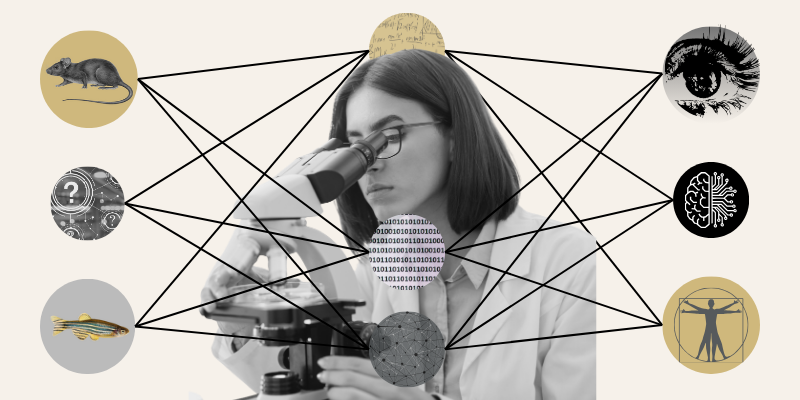A newly-released consensus report authored by more than 200 academic experts from around the world, including three health researchers from the University of Colorado School of Medicine, points to exciting opportunities in precision medicine in diabetes prevention and care.
“This work is an important next step towards realizing diabetes precision diagnosis, care, and prevention,” says Randi Johnson, PhD, assistant professor in the Department of Biomedical Informatics (DBMI) who contributed to the international consensus report. “Our goal was to understand, through systematic evaluation of evidence, what we know and still need to know in order for diabetes precision medicine to make a difference in people’s lives.”
The report, released Oct. 5 in the journal Nature Medicine, is supported by the American Diabetes Association (ADA), the European Association for the Study of Diabetes (EASD), and the Novo Nordisk Foundation. The group of academic experts collaborated under the banner of the Precision Medicine in Diabetes Initiative (PMDI).
DBMI faculty contributed an array of expertise to the international report, which spans the disease’s common types, including type 1 and type 2 diabetes, gestational diabetes, and monogenic diabetes. In all, the report summarizes 15 systematic reviews of published evidence and expert opinions.
Johnson contributed to subsections on type 1 diabetes prevention and diagnosis, while Maggie Stanislawski, PhD, assistant professor in the DBMI, and Sridharan Raghavan, MD, PhD, associate professor of medicine, focused on the way individual characteristics affect the response to contemporary type 2 diabetes treatments, particularly in relation to cardiometabolic disease, such as glycaemia, cardiovascular disease, and renal outcomes.
Mapping a future in precision medicine
“Diabetes affects a broad swath of the population, so those affected and at risk are by definition highly diverse. There are also a few different pathophysiologic pathways that can contribute to developing diabetes, and their contributions differ from person to person,” Raghavan says. “These two features together make diabetes attractive for precision medicine.”
The consensus report creates a vision for future work in precision medicine, which uses individual-level data and information to establish medical recommendations. Diabetes researchers around the world say there is a need for better reporting standards, study design standards, and precision medicine trials. With the report, there’s now a framework of where to focus efforts and move forward.
For the report, Stanislawski and Raghavan reviewed articles related to two common drugs used to treat diabetes patients, GLP1-receptor agonists and SGLT2-inhibitors. Knowing more about these medications is crucial to the future of treatment.
“After reviewing the literature for those drugs, we discovered there really isn’t much research yet about how genetics or other omic profiles, such as the microbiome, relate to their treatment effects in humans, and this is an important area for further research,” Stanislawski says.
There is, however, more known about other diabetes drugs, like metformin, which may set the stage for future research into a person’s tolerance of medication and how that’s related to their microbiome.
Progress and potential
The report’s main takeaways highlight both the progress that’s already been made toward precision medicine and where research is needed to further its application.
“Our ability to identify people at high risk of getting type 1 diabetes has improved immensely in recent years,” Johnson says. “Now, we’re turning our focus toward prevention and which interventions would be most effective in those people.”
The report also provides a framework for future research.
“Many diabetes scientists and clinicians came together for this report,” Johnson says. “We were able to pinpoint gaps and engage in important conversations about what is needed to move diabetes precision medicine forward. This ultimately guides future efforts that have the potential to affect millions of people.”






.png)